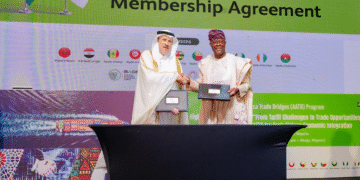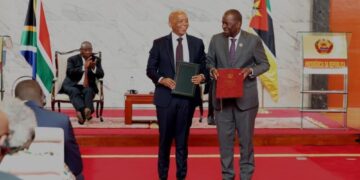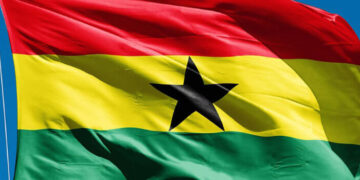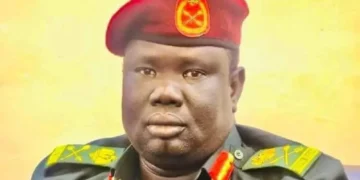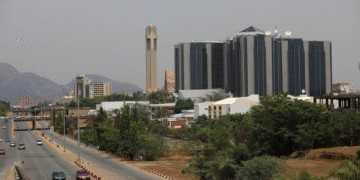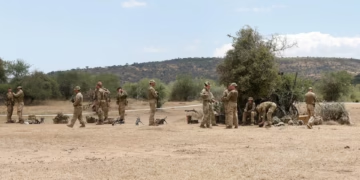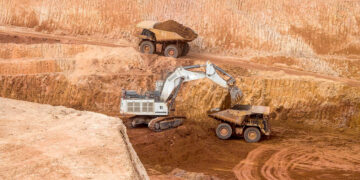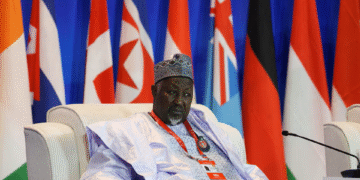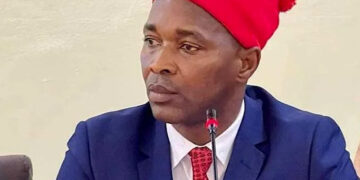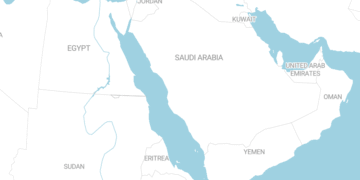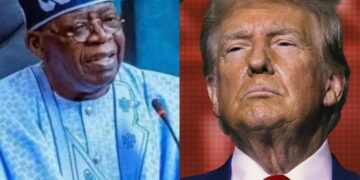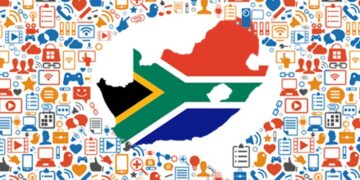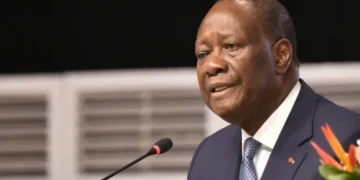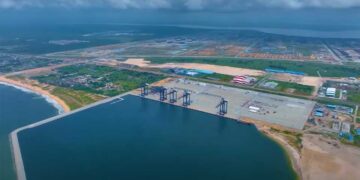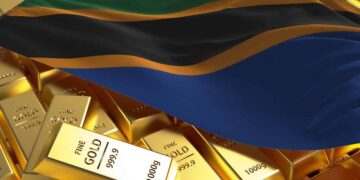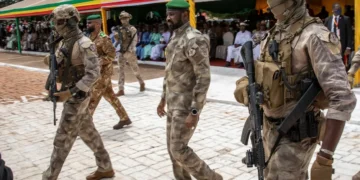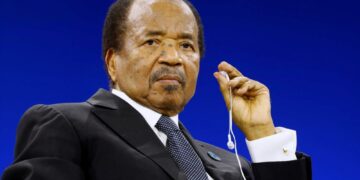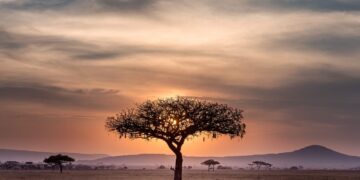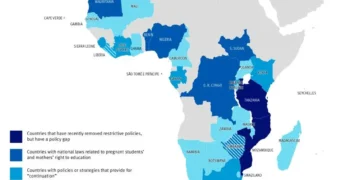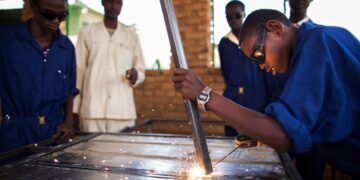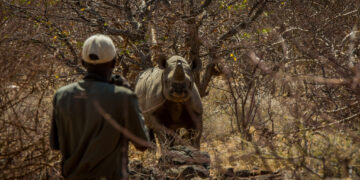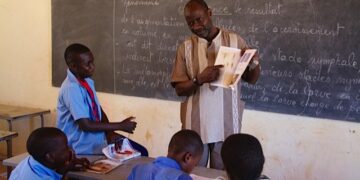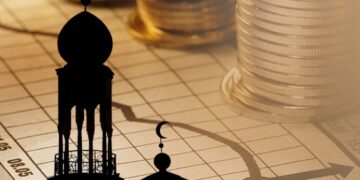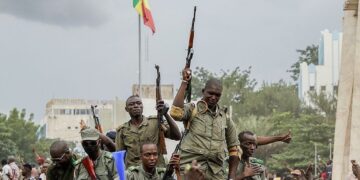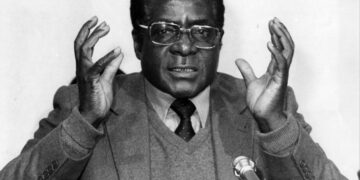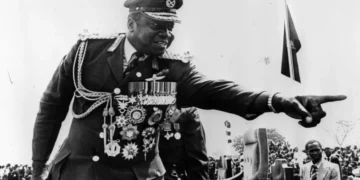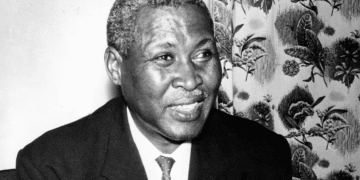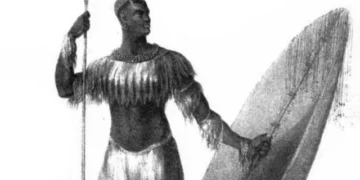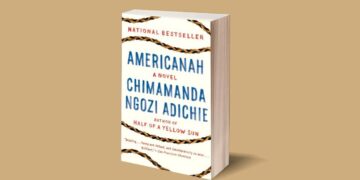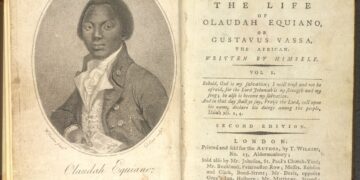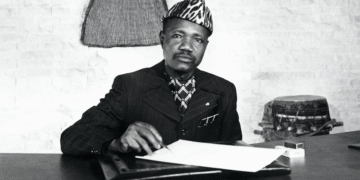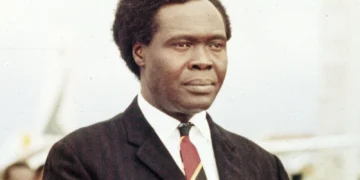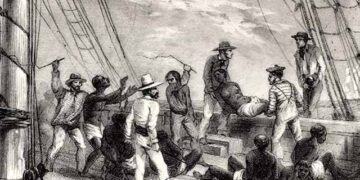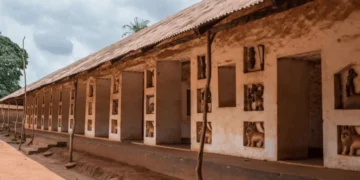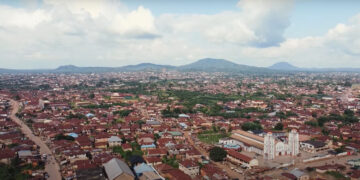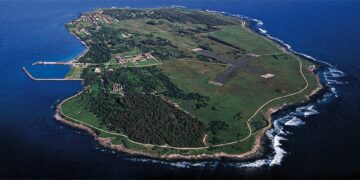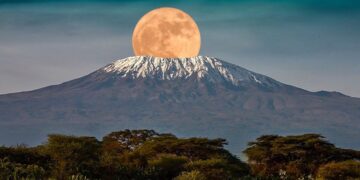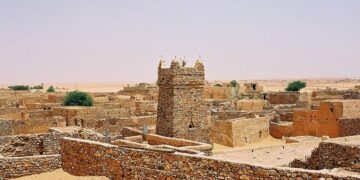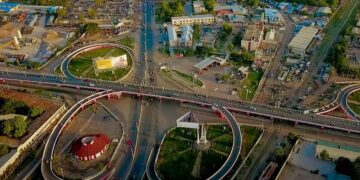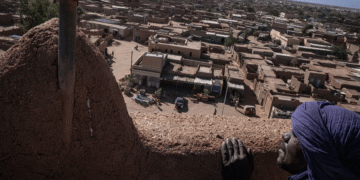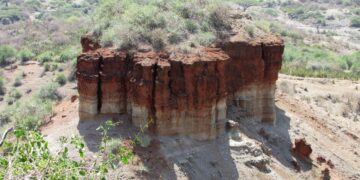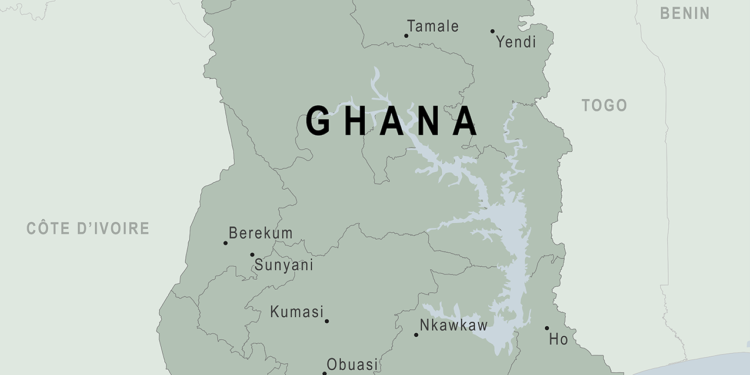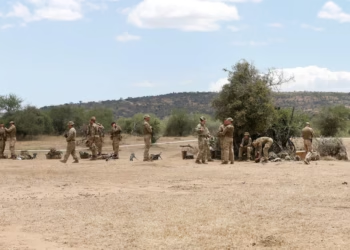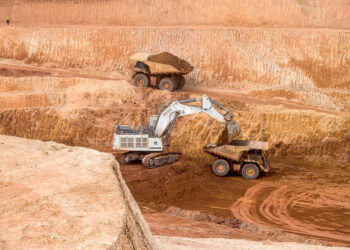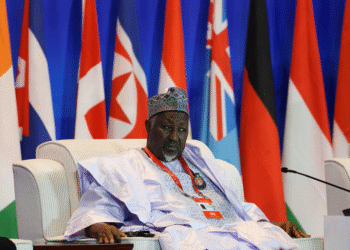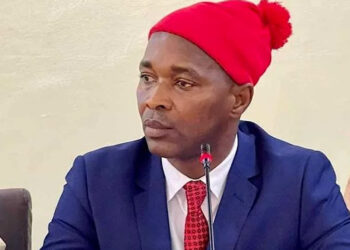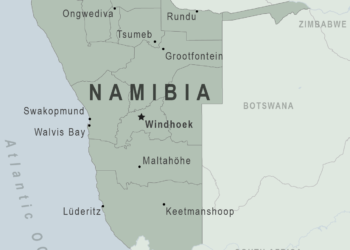Ghana is a unitary country in West Africa. It lies adjacent to the Gulf of Guinea and the Atlantic Ocean to the south, sharing a border with Ivory Coast in the west, Burkina Faso in the north, and Togo in the east. It covers an area of 239,567 km2 (92,497 sq mi), spanning diverse ecologies, from coastal savannas to tropical rainforests. With nearly 35 million inhabitants, Ghana is the second-most populous country in West Africa.
The name “Ghana” means “warrior king” in Soninke. The country was renamed Ghana after gaining independence in 1957, inspired by the Ghana Empire, which ruled West Africa from the sixth to the thirteenth centuries. Strong military and commercial ties with North Africa and the Mediterranean region were hallmarks of the Ghana Empire.
The country known today as “Ghana” was formed from the merger of the British colony of the Gold Coast and the Togoland trust territory.
Portuguese colonialists arrived in the late 1400s and started trading with different Akan states in timber, ivory, and gold. As a result, the region known today as Ghana (formerly known as Gold Coast) became an important stop on a Portuguese trade route, and colonial powers fought for control of the region for centuries. The region became known as the Gold Coast because of the abundance of gold discovered there.

Ghana went through a difficult period in its history in the 1500s. Castles and forts, which had held gold, ivory, and timber in Ghana for commerce, gradually started holding enslaved people for trade as human labor in the Americas. Throughout the 1600s, the colonial war for dominance over Ghana persisted especially with Ghana’s location along the trade route. Unfortunately, the trafficking in slaves became more established when Dutch, Swedish, Danish, and British colonialists arrived.
In 1957 Ghana became the first colony in Sub-Saharan Africa to achieve sovereignty, under the leadership of Kwame Nkrumah. Ghana’s independence was a significant turning point in African history that motivated other nations to struggle for their own freedom from colonial rule. A new age in Africa, distinguished by a sense of independence, hope, and dignity, began with this event.
This accomplishment is symbolized by the Ghanaian flag, which is green to reflect Ghana’s landscapes, gold to signify the country’s natural richness, and red to depict the bloodshed during the struggle for independence. The black star represents the emancipation of Africa. Ghana became a member of the UN two days after gaining independence.
Ghana is the second-biggest producer of cocoa in the world (after Côte d’Ivoire). Ghana’s primary agricultural export, which makes up around 25% of its entire export revenue, is cocoa. Ghanaian cocoa, grown by smallholder farmers on tiny family farms, is renowned for its quality and unique flavor. Although, only a small portion of the nation’s premium cocoa beans are used domestically; the majority are exported. Only 0.5 kilograms of chocolate are consumed annually per person in Ghana, compared to 4.4 kg in the US and 8.1 kg in Austria.
Also, with substantial reserves of Gold, bauxite, manganese, and diamonds, Ghana is a resource-rich nation. In fact, Ghana is the sixth-biggest producer of gold worldwide and the largest in Africa, and with offshore oil resources that generate more than 200,000 barrels of oil per day, Ghana has emerged as a significant player in the oil and gas sector in recent years. These resources have also formed the cornerstone of Ghana’s economy and have helped fuel an economic boom.
Today, Ghana is considered one of the more stable countries in West Africa since its transition to multi-party democracy in 1992. Ghana’s administrative capital is the coastal city of Accra. Originally founded on the site of several Ga settlements, Accra developed into a prosperous trading hub; today it serves as the commercial and educational centre of the county. Kumasi, another prominent commercial centre, is located in the south-central part of the country.
Ghana’s rich cultural heritage are well-known. There are many different ethnic groups in Ghana, and each has its own customs and cultural practices. Known as the “Garden City of West Africa,” Kumasi is also the seat of the king of the Asante people, the vestige of an empire that existed in the 18th and 19th centuries.
The primary means of preserving Ghanaian languages was oral tradition. The Akan people, a subgroup of Ghanaians, employed Adinkra, a type of symbolic representation. Everything from textiles, jewelry, and ceramics to walls, architectural features, and the weights used in gold transactions was decorated with adinkra. Ghana’s numerous artists sell garments with these emblems as well as home and personal accessories.
The country is home to a variety of ecosystems, including as coastal marshes, grasslands, and rainforests: With a diversity of ecosystems supporting a wide range of flora and wildlife, Ghana boasts a diversified geography. The tropical rainforest in the south, the savanna grassland in the north, and the coastal wetlands along the Atlantic coast are among the six main vegetation zones in the nation. Elephants, antelopes, baboons, monkeys, crocodiles, and numerous bird species are among Ghana’s fauna.


